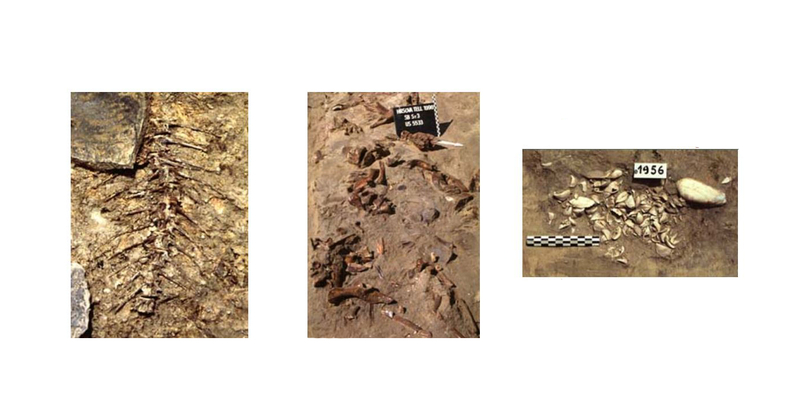- Home
- Franco-Romanian Collaboration
- The Earth Sciences and The Natural Sciences
- The natural sciences
The insight achieved by palynological, anthracological, and carpological investigation is of primary importance in reconstructing the vegetation, forest, and steppes around the Hârzova tell. These three disciplines are further employed in the study of temperature and dryness of the paleo-climate, and the use by prehistoric inhabitants of natural resources.
The insight achieved by palynological, anthracological, and carpological investigation is of primary importance in reconstructing the vegetation, forest, and steppes around the Hârzova tell. These three disciplines are further employed in the study of temperature and dryness of the paleo-climate, and the use by prehistoric inhabitants of natural resources.
Oenothera Pollen (the ruderale plant ; 130 µm), contemporary pollen from a reference collection.
Sorting of charred carpological remains, after sifting. Examination under a magnifying glass.
Osteological studies of the higher vertebrates (Birds, Mammals, Reptiles and Amphibians), and broader applications in ichthyology or malacology, supply fundamental information used to reconstruct the eating habits of these prehistoric populations, especially regarding meat, which it either produced by breeding livestock, hunting, and fishing, or by gathering. These disciplines can also furnish supplementary data on the environment by increasing an understanding of the ecology of the fauna found there.
The influence of malacology : the identification of small bivalves of fresh-water muscles which live fixed to the algae, leads us to believe that the shells collected along the banks were brought back to the tell along with a trimming of algae, in the much the same manner as a contemporary oyster basket.
Intact fish skeleton (carp, shiner, bream ?) at the Gumelnita level of the tell.
The osteological study of the remains of both domestic and wild mammals, found in a waste dump, attest to the slaughter of livestock.

